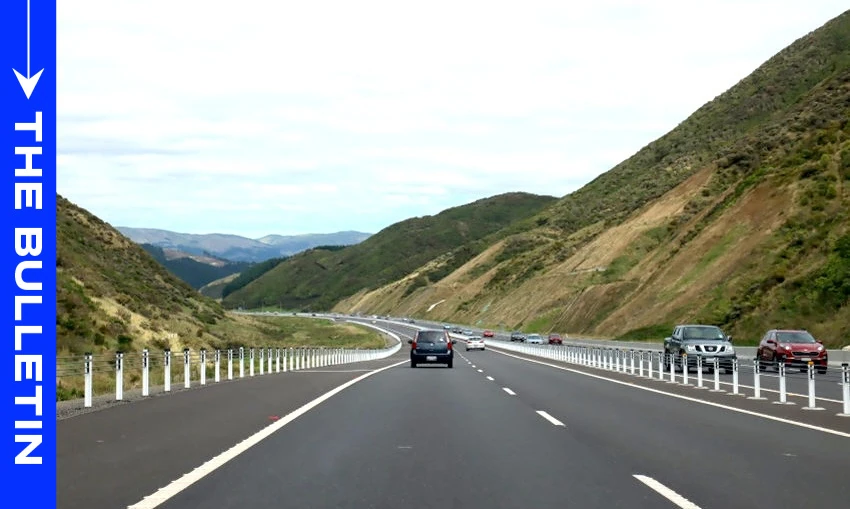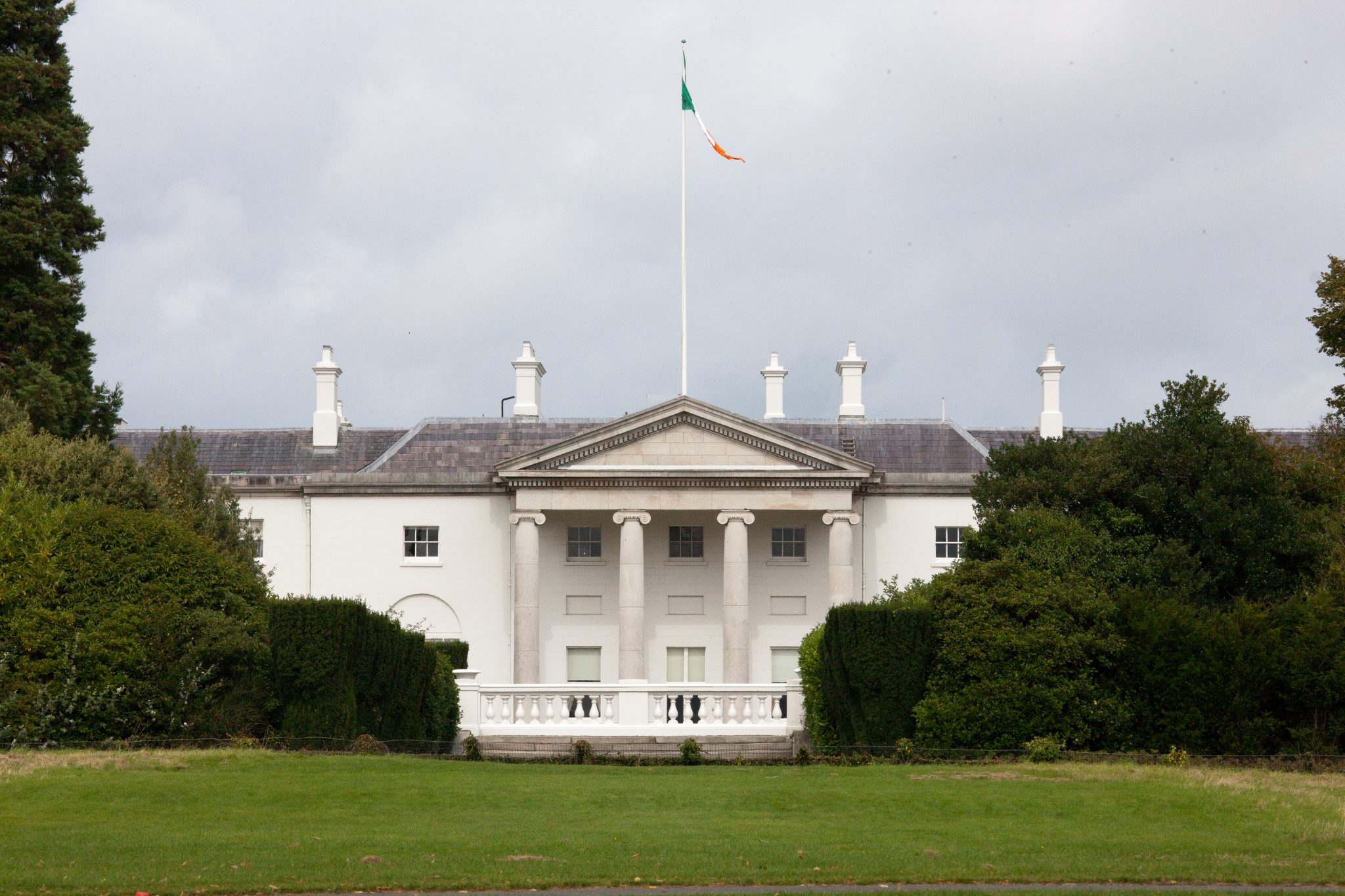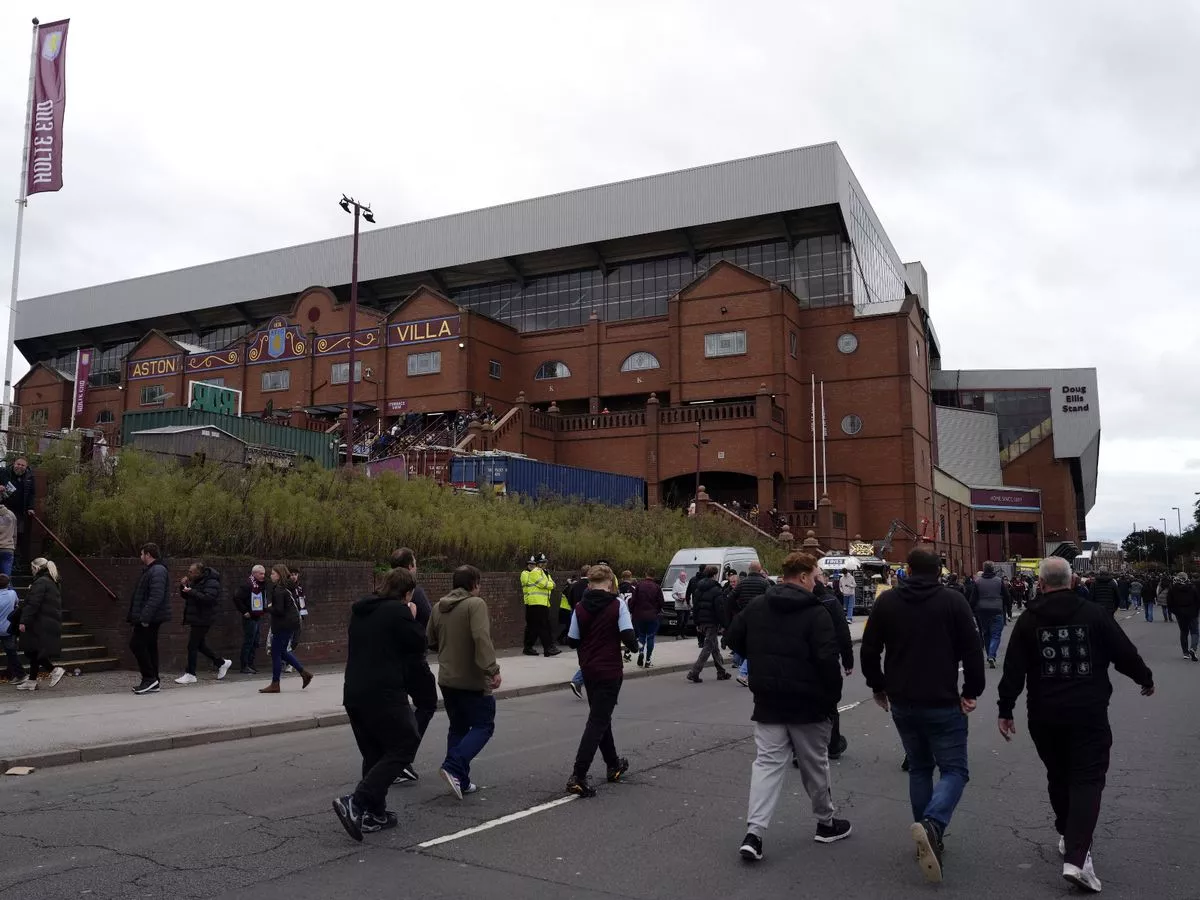Copyright thespinoff

While ministers say Roads of National Significance are about delivery and growth, critics say their costs are too high and their benefits too uncertain, writes Catherine McGregor in today’s extract from The Bulletin. To receive The Bulletin in full each weekday, sign up here. The politics of ‘MOAR ROADS’ The government’s recent $1.2 billion update to the Roads of National Significance (RoNS) programme has reignited criticism that its roading agenda is more about political performance than practical need. Joel MacManus argues this morning in The Spinoff that RoNS has become a mechanism for ministers to “effectively seize full control” of the National Land Transport Fund, letting them “ignore the usual NZTA process and just build what they already wanted to build, regardless of how the investment case stack[s] up”. National’s fixation with motorways, he argues, stems in large part from its desire to contrast itself with Labour by being seen to take action. As Christopher Luxon put it at the announcement, “We’re getting on and doing it. Our legacy of actually getting stuff done is really important.” For MacManus, the PM’s quote encapsulates the problem with the RoNS programme as a whole. With next year’s election front of mind, “there is little incentive for politicians to make smart, long-term investments,” he writes, “and all the incentive in the world to ram through ill-advised, fast-tracked money pits.” The cost/benefit question The numbers underpinning those projects have only added to the unease. As Marc Daalder reports in Newsroom, the combined cost of the 17 RoNS has swelled to between $44 billion and $54 billion, more than half the value of the entire state highway network. Yet most projects are projected to return less than $2 in benefit for every $1 spent – numbers which have actually improved in the government’s favour due to a recent change in the way NZTA calculates a road’s benefit-to-cost ratio (BCR). The change in the BCR calculus was first reported by Matt Lowrie of Greater Auckland, who noted that, as a result, “projects that previously barely qualified as economical now suddenly generate more benefits than costs – and all now magically clear the (very low) hurdle of a BCR of 1.0”. For context, “not long ago a ratio of 3.0 was considered the minimum for public spending on this scale”. Northland’s multi-billion-dollar corridor No project better illustrates those tensions than the Northland Corridor, the government’s proposed four-lane expressway between Auckland and Whangārei. Under the new assumptions, the project now boasts a BCR of 1.4 – but at an extraordinary cost of up to $22 billion, “about the same as four City Rail Links”, MacManus notes. The road has been controversial for a while. Last year the Infrastructure Commission warned the road would consume 10% of all government spending on infrastructure over the next 25 years. “That’s not just transport infrastructure,” MacManus emphasises. “All infrastructure.” As Thomas Coughlan reported in the NZ Herald last year, officials also cautioned ministers that pressing ahead before completing a detailed investment case was “high risk” and “inconsistent with good practice”, and that costs could double by the time the road was completed. The South Island shortfall For the South Island, the latest round of RoNS funding is a reminder of how uneven that investment picture has become. In The Press, Blayne Slabbert reports that only 6% of the $1.2 billion package has gone south of Cook Strait – a single project, the Hope Bypass near Nelson. Overall, just two out of 17 RoNS are in the South Island; the other is the SH1 Belfast to Pegasus Motorway and Woodend Bypass. Canterbury in particular appears to be missing out: also in The Press, Charlie Mitchell wrote earlier this year that it will receive the least per-capita transport funding of any region over the next three years, and that the South Island as a whole will get 36% less per person than the North. Meanwhile another key government document outlining the government’s transport priorities does not include a single South Island public transport project. “Christchurch, the country’s second-largest city, merits a single mention: A passing reference to earthquakes more than a decade past,” Mitchell writes. Taken as a whole, the transport announcements – or lack of them – “highlight the absurdity of a Government claiming to prioritise economic growth while behaving as if its second-largest economy is invisible.”



